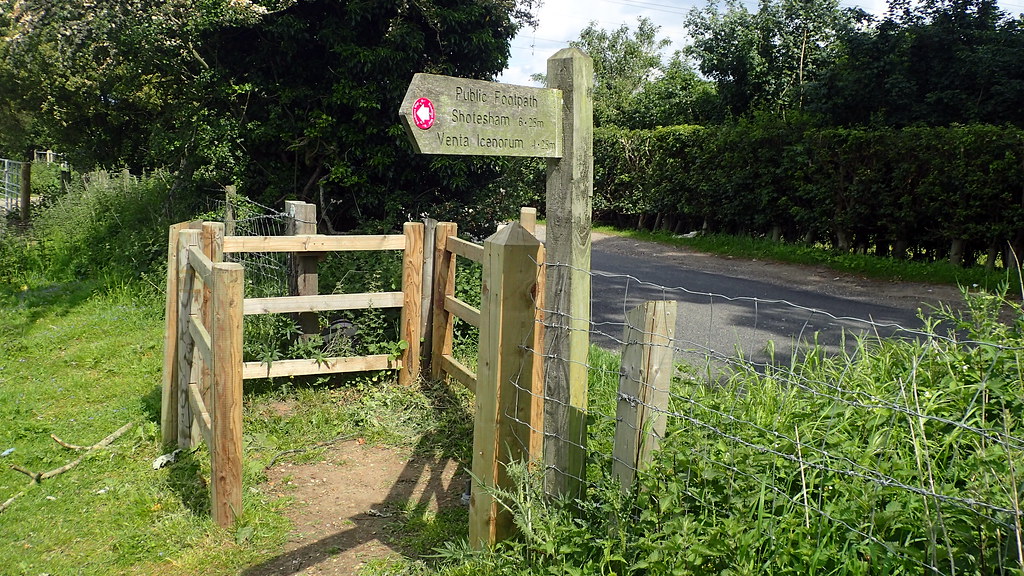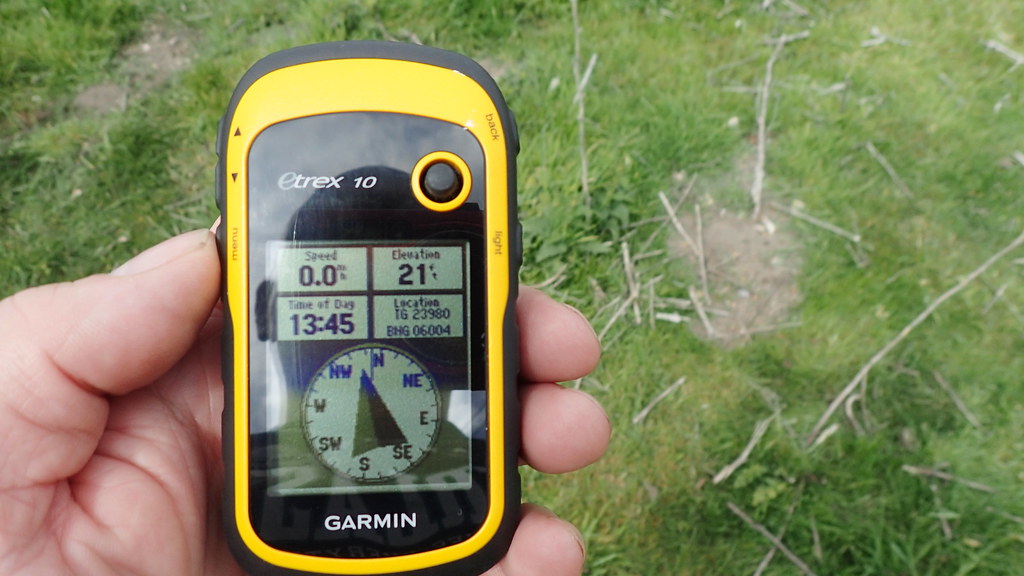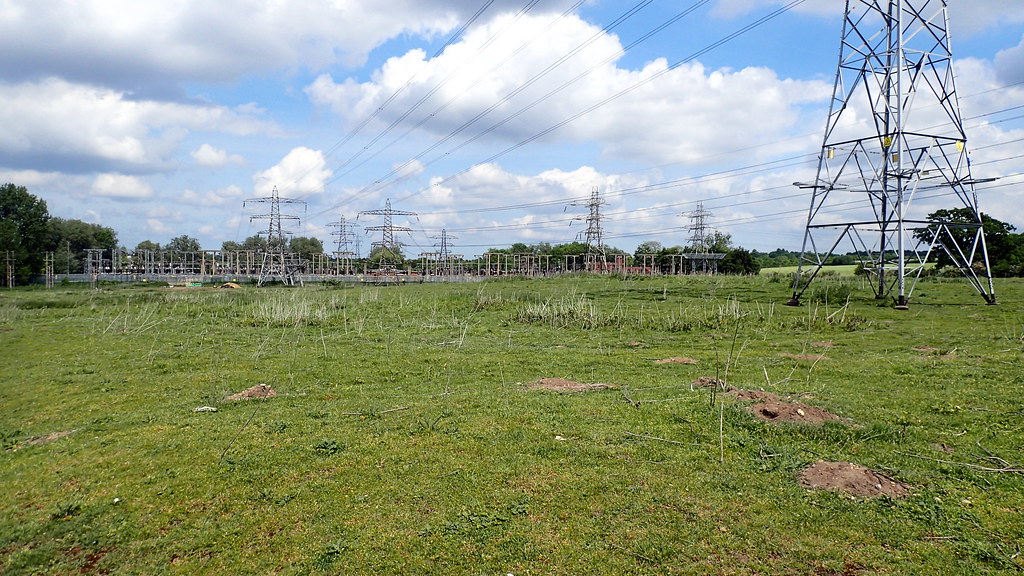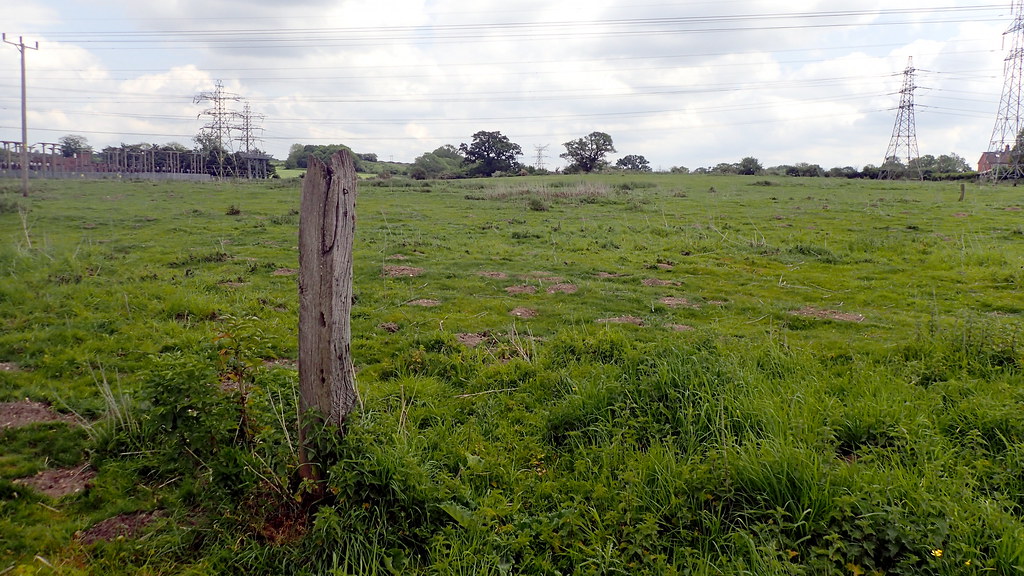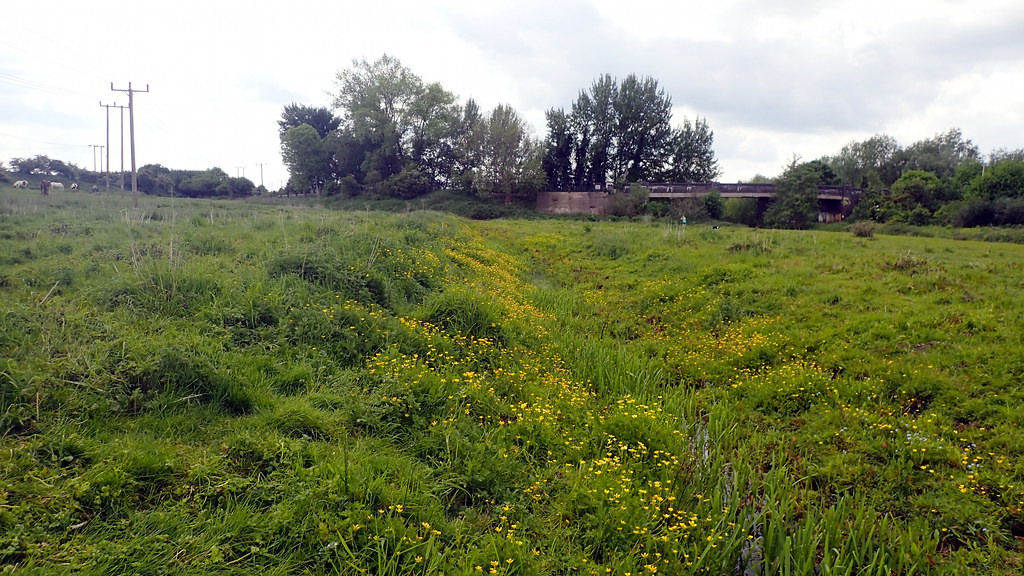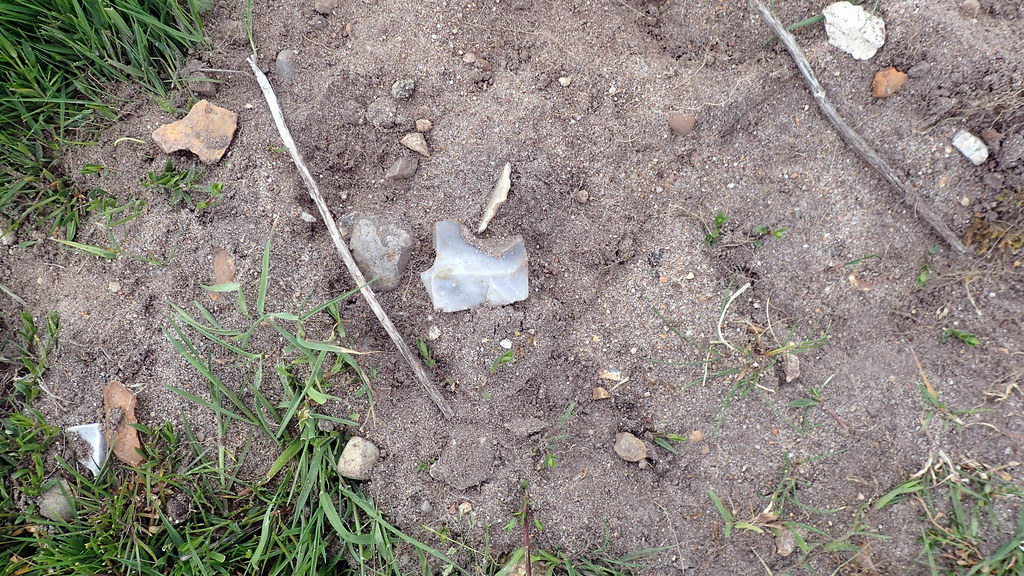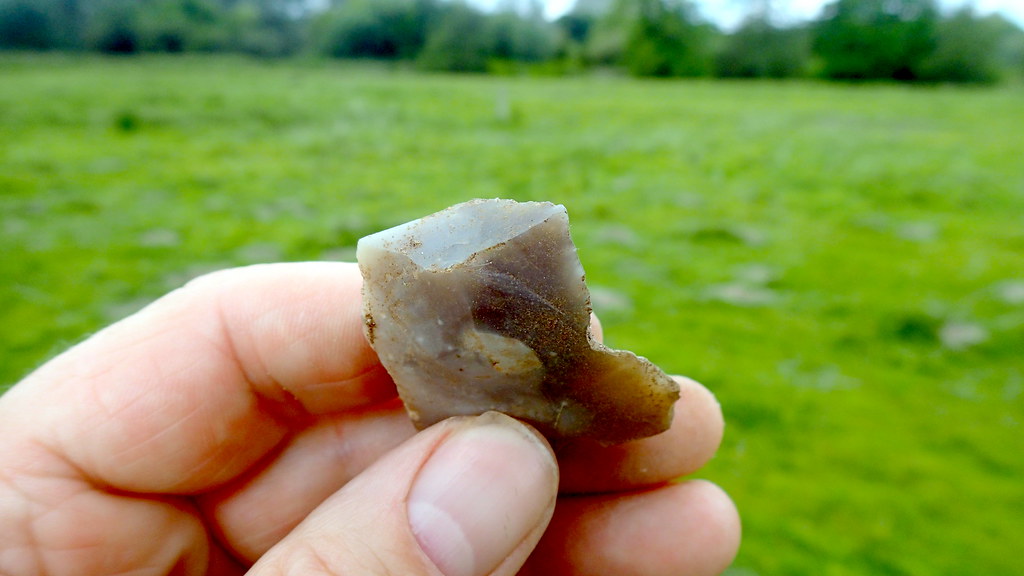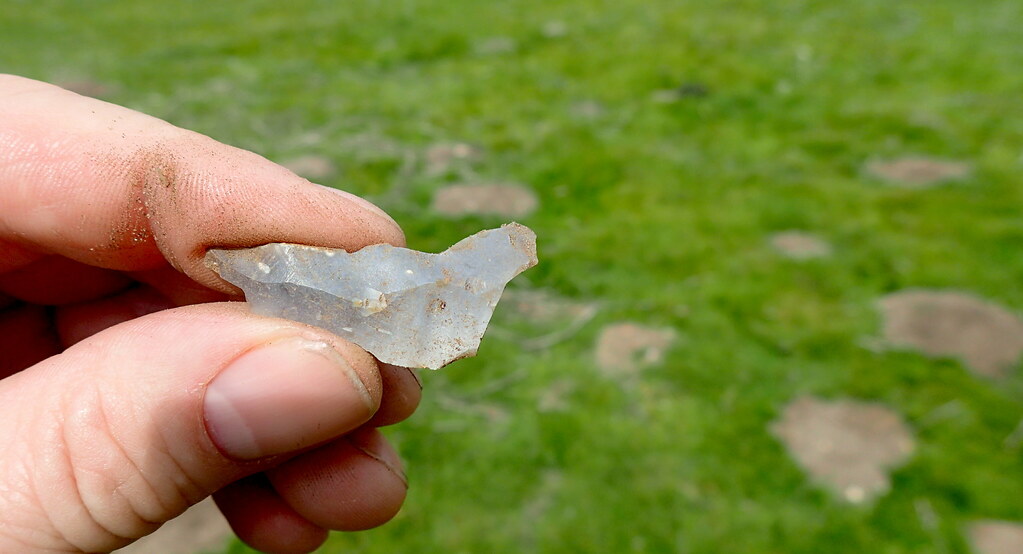This is the K11 admixture calculator with rarer alleles created by Dilawer Kahn, now available for a small fee as a test on Geneplaza. I had previously commissioned Dilawer to run my 23andme DNA raw data through the calculator, but this is a nicer presentation. The test seeks to estimate ancient ancestry admixture using his rarer alleles principle.
My results:
Western European Hunter Gatherers
"These were the indigenous populations of Europe that substantially contributed to the genetics of modern Europeans. It is believed that these hunter gatherers arrived in Europe around 45000 years ago from the Near East.".
My Western European Hunter-gatherer admix is 21.7%
Neolithic European
"This population introduced farming to Europe during the Neolithic, and were very likely descended from Neolithic farmers from the Near East. Their genetic signature is best preserved in modern Sardinians and other southern Europeans.".
My Neolithic European admix is 21.7%
Neolithic Anatolian
"These early farmers from Anatolia from about 8000 years ago were the ancestors of the Early European farmers that introduced farming to SE Europe, and replaced the hunter-gatherer cultures that lived there.".
My Neolithic Anatolian admix is 16.4%
Andronova-Srubnaya
"The Andronovo culture is a collection of similar local Bronze Age cultures that flourished around 3000-4000 years ago in western Siberia and the west Asiatic steppe. This culture overlapped with the Srubna culture in the Volga-Ural region of Russia.".
My Andronova-Srubnaya admix is 14.6%
Yamnaya-Poltavka
"The Yamna culture (also known as the Pit Grave culture), was an early Bronze Age culture from the Pontic Eurasian steppe from around 5000 years ago. The Yamna culture is identified with the late Proto-Indo-Europeans, and is the strongest candidate for the homeland of the Proto-Indo-European language.
My Yamnaya-Poltavka admix is 12.6%
Neolithic-Chalcolithic Iran
"Based on Neolithic and chalcolithic period samples recovered from Northwest Iran. The farmers from the Zagros mountain Iran region descended from one of multiple, genetically differentiated hunter-gatherer populations in southwestern Asia. They are estimated to have separated from Early Neolithic farmers in Anatolia some 46,000 to 77,000 years ago, and show affinities to modern-day Kurd, Iranian, Pakistani and Afghan populations. The Neolithic Iranian references used for this component, were recovered from the Kurdistan region of Iran, and appear to be around 9000 years old. The Chalcolithic Iranian references have been dated to around 5000 years old.".
My Neolithic-Chalcolithic Iran admix is 7.6%
Neolithic-Bronze Age Levant
"Based on neolithic and bronze-age period samples recovered from the Levant area in the Middle-East. The references for the bronze age Levant farmer (BA) samples were recovered from the Ain Ghazal, Jordan area and were dated to about 4300 years ago. The first farmers of the southern Levant (Israel and Jordan) and Zagros Mountains (Iran) were strongly genetically differentiated, and each descended from local hunter-gatherers. By the time of the Bronze Age, these two populations and Anatolian-related farmers had mixed with each other and with the hunter- gatherers of Europe to drastically reduce genetic differentiation. The impact of the Near Eastern farmers extended beyond the Near East: farmers related to those of Anatolia spread westward into Europe; farmers related to those of the Levant spread southward into East Africa; farmers related to those from Iran spread northward into the Eurasian steppe; and people related to both the early farmers of Iran and to the pastoralists of he Eurasian steppe spread eastward into South Asia.".
My Neolithic-Bronze Age Levant admix is 4.4%
Eastern Non-African
"Eastern Non Africans (ENAs) are one of the earliest splits from humans that migrated out of Africa to the Near East around 100,000 years ago. It is believed that ENAs split from the population in the Near East around 50,000 years ago. Populations such as the Andamanese Onge and Papuans are modern descendants of ENAs. The ENA component here is based on Papuan references.".
My Eastern Non-African admix is 1%
Discussion
Any autosomal DNA tests for ancestry admixture have to be understood under a number of conditions:
- Timeline. for what period in the past is this ancestry being weighed?
- Population. How are the proposed admixture populations quantified and distinguished? Where did they live? Are they associated with any archaeological culture? What are the references - are they based on ancient DNA or inferred in modern populations? What previous populations were they admixed from?
Admixture is repetitive. What we are looking at are ancient migrations, population expansions (sometimes marked with culture, sometimes not), admixture - sometimes with strong sex bias, displacements - all in prehistory, long before any written record. It's like rows of jars of mixed sweets, resulting by mixing, and remixing. Even siblings can have slightly different "flavours".
How does the above K11 compare with some of my previous ancient admixture calculations? How about the K7 Basal-rich for example? It looks at a different admix, from an earlier time, but do they make sense together?
David Wesolowski's K7 Basal-rich test
Villabruna-related
The Villabruna cluster represents the DNA found in 13 individuals in Europe from after 14,000 years ago. They were Late Ice Age hunter-gatherers. They appear to have links with the Near East. The current thought is that they replaced earlier groups of hunter-gatherers in Europe. The DNA of people in the Middle East and Europe pulled together at this time, and they may represent an expansion from the South-East. Much of the Aegean Sea would have been dry, with low sea levels (glaciation), so the migration may have been easy. It is believed that they had dark skin, and blue eyes. They were possibly, the last hunter-gatherers of Europe and the Middle East. They may have contributed to our DNA both through or either, later Asian or European admixtures.
David gives the English average as 56.7%. My result is 57.1%
Basal-rich
The Basal Eurasians are a hypothetical "ghost" population derived from DNA studies. It is suggested that they splintered from other modern humans 45,000 years ago, presumably outside of Africa, somewhere around the Middle East. They significantly contributed DNA to the Early Neolithic Farmers of the Fertile Crescent and Anatolia, and consequently, on to all of us modern West Eurasians.
David gives the English average as 26.5%. My result is 28.8%
Ancient North Eurasian
Another Ice Age hunter-gatherer "Ghost" population, but this one has been associated with human remains and an Upper Palaeolithic culture (Mal'ta-Buret') at Lake Baikal, Siberia. We know that it significantly contributes to modern West Eurasians, through earlier admixture on the Eurasian Steppes. Copper Age pastoralists then carried it westwards into Europe with their later expansion.
David gives the English average as 16.6%. My result is 14.0%

Comparing K7 Basal-rich to K11 Neolithic & Bronze Age
The K7 Villabruna should relate I feel, to the K11 Western European Hunter-Gatherer. It's quite different. The K7 gives me 57%. The K11 gives me only 22%. Refer back to the Discussion further up. Different admixes, different times. I was surprised at the high Villabruna percentages when I recieved the results. Some of that Villabruna could have gone into other later admixes that are represented in the K11 populations.
The K7 gave me a higher-than-average (for a North west European) percentage of Basal-rich at 29%. This is an earlier ghost population, that hasn't yet been securely associated with ancient DNA or an archaeological culture, but has been inferred as a component of Early Neolithic Farmers in the Middle East and Anatolia. That could have gone into some of the later K11 Neolithic populations such as Neolithic European (22%), Neolithic Anatolian (16%), and Neolithic-Bronze Age Levant (4%).
The K7 gave me 14% ANE (Ancient North Eurasian), which is low for a North West European. The fashionable thought is that ANE went into Yamna-Poltavka Steppe as a significant component, before being carried into North West Europe by Copper Age Steppe pastoralists. K11 gave me 13% Yamna, and 15% Andronovo.
Comparing my K11 results wnot with the K7, but with other K11 testers online, my results are not that atypical for a North west European at all. I still fit in pretty well with other people of North West European ancestry.


















